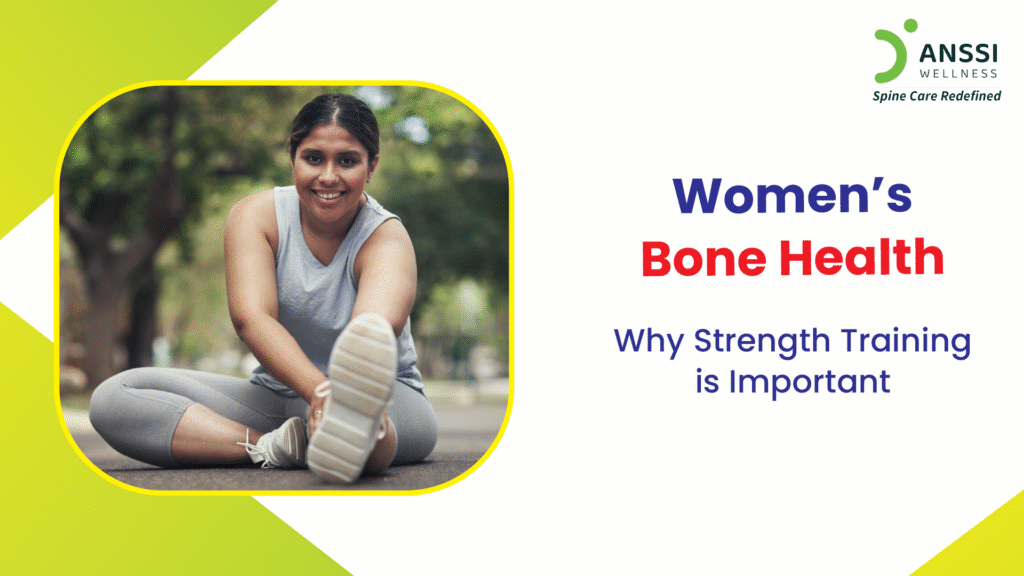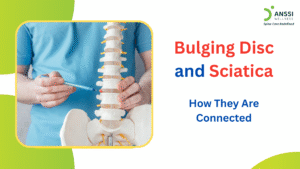When we think of strength training, many imagine lifting heavy weights or bulking up muscles. However, for women, strength training serves a much more vital purpose beyond aesthetics; it plays a key role in maintaining strong bones and preventing age-related health issues like osteoporosis. Especially for women approaching or experiencing menopause, building muscle and bone strength through resistance-based exercises is one of the most effective strategies to support lifelong bone health.
Why Bone Health is a Concern for Women
Women are more vulnerable to bone loss as they age, largely due to hormonal changes. Estrogen, the hormone that helps preserve bone density, drops significantly during menopause, leading to accelerated bone thinning. This condition is known as osteoporosis, a disease that weakens bones and increases the risk of fractures, especially in the hips, spine, and wrists.
In fact, studies show that one in three women over the age of 50 will suffer an osteoporotic fracture in her lifetime. Apart from hormonal changes, factors like poor nutrition, sedentary lifestyle, smoking, and low calcium intake also contribute to declining bone health. Without early intervention, this can lead to chronic pain, loss of mobility, and a reduced quality of life.
How Strength Training Supports Bone Health
Strength training, also known as resistance training, is a type of exercise that causes your muscles to work against a force like weights, resistance bands, or even your own body weight. When you perform these movements, your muscles pull on the bones, which in turn stimulates bone-forming cells and helps maintain or even increase bone density.
Think of bones as living tissue that responds to physical stress. Just like how muscles become stronger with use, bones adapt and rebuild when subjected to load-bearing activity.
Regular strength training can:
- Slow down bone loss
- Improve posture and balance
- Enhance joint stability
- Build muscle to support and protect the skeleton
- Reduce the risk of falls and fractures
These benefits are especially important for women, who often start to lose muscle mass and bone density from their 30s onward.
Best Strength Exercises for Bone Health
You don’t need to hit the gym with heavy barbells to improve your bone strength. There are several safe, simple, and effective exercises women can incorporate into their routine at home or in a fitness class. Here are some top choices:
1. Bodyweight Squats
Squats help strengthen the thighs, hips, and buttocks while engaging the core and lower back. These muscles support the spine and hip bones, reducing the risk of injury.
2. Lunges
Lunges improve balance, coordination, and bone loading in the legs and hips. You can do them in place or walking-style for added intensity.
3. Wall Push-Ups
A modified version of the traditional push-up, wall push-ups target the arms, chest, and shoulders without putting excessive strain on the joints.
4. Resistance Band Rows
This movement strengthens the upper back and shoulders. It improves posture, which is crucial for spinal alignment and reducing neck or back strain.
5. Step-Ups
Using a stair or low platform, step-ups strengthen the legs and hips while also challenging balance and coordination, essential for fall prevention.
6. Bridges
This exercise targets the glutes and lower back. It helps stabilise the pelvis and strengthen the core, reducing lower back pain and improving mobility.
Tips for Getting Started
Start slow: If you’re new to strength training, begin with light weights or resistance bands.
- Focus on form: Proper posture and controlled movement are key to avoiding injuries and getting the best results.
- Stay consistent: At least two strength-training sessions per week are often recommended.
- Combine with other activities: Include weight-bearing cardio like brisk walking, dancing, or hiking to further support bone health.
- Stay hydrated and eat well: Bone-building nutrients like calcium, vitamin D, and protein are crucial for recovery and growth.
Before starting any new exercise routine, it’s best to consult a healthcare provider or physiotherapist, especially if you have an existing condition like arthritis or osteoporosis.
Strength Training at Any Age
One of the most encouraging things about strength training is that it’s never too late to start. Women in their 40s, 50s, and beyond can still benefit greatly from regular resistance training. It helps maintain independence, prevent falls, and preserve quality of life well into older age. Even women recovering from injuries or surgeries can safely practise modified strength exercises under professional supervision.
Physiotherapy-led strength training programs are especially beneficial for women with joint problems or chronic conditions, as they ensure movements are safe, customised, and therapeutic.
About ANSSI:
ANSSI Wellness focuses on improving the quality of life for patients suffering from spinal issues, aiming to provide relief where other conventional treatments have failed. Through advanced non-surgical spinal decompression treatment, ANSSI is committed to helping patients avoid surgery and recover in a safe, effective, and compassionate environment.
Connect with ANSSI Wellness on LinkedIn, Instagram, and Facebook for expert guidance.




